Of Korean Taco Trucks and Racial Equity
Fund for Santa Barbara Report Makes the Economic Argument for Equality
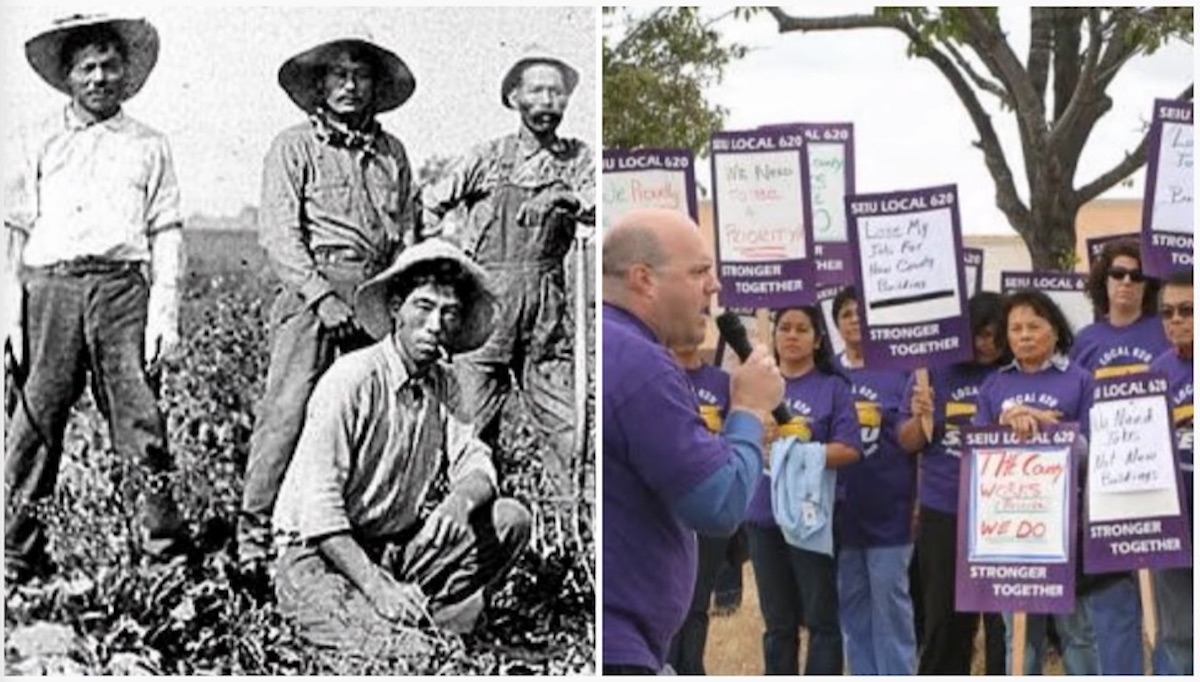
With Manuel Pastor on board, the Fund for Santa Barbara’s ambitious project to bring an understanding of equality to Ventura and Santa Barbara counties is bound to reach many more minds and hearts.
Pastor, a distinguished professor of sociology and economics at USC, introduced himself like this: “Yes, I’m from the scandal-plagued University of Southern California, where the motto is ‘Leave no rich, well-connected child behind.'” As director of the school’s Equity Research Institute, Pastor understands intimately what “well-connected” means, and broadening that attribute is the focus of a report the Fund released on Tuesday afternoon, which brims with facts and stories gathered by a team of researchers led by Pastor and Alice O’Connor, who directs the Blum Center on Poverty, Inequality, and Democracy and is a history professor at UC Santa Barbara.
Two years in the making, the report spans the pandemic, which had the effect of emphasizing the economic differences between essential workers in public-facing or outdoor jobs and workers with high-speed internet connections who could stay home. But rather than making the event a “weeping party,” Pastor pointed to a “calculus that has withstood the test of time,” that closing the wage gap through education and a lack of discrimination brings value to the economy, one that is being lost currently to everyone’s financial detriment — well-connected and not.
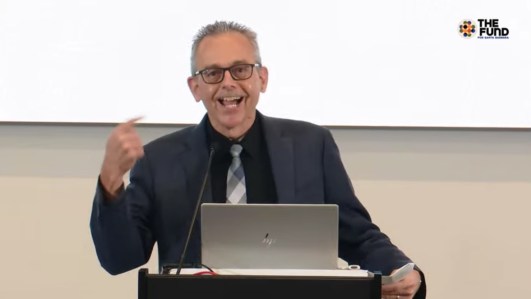
“Don’t think about equity just as a fairness issue,” he stated. “Equity is also a prosperity issue.” He said a $7.5 billion increase would grow in Santa Barbara County — and $13 billion in Ventura — if they could eliminate racial income gaps. It was an issue that factored into not just economic decisions, but also environmental, social, and civic ones, with ripples that spread outward into health care, criminal justice, and housing.
The crowd Pastor spoke to represented nonprofits and agencies in the two counties. Many had contributed to the report, and all had an interest in it as a fact-filled guide to use going forward. As Marcos Vargas, executive director of the Fund, indicated, the writing was a starting point for future dialogues in the hope of healing existing divides — he started by acknowledging the land and people lost by the early Chumash and Tataviam tribes — and strengthening the ties that were forged in the wake of recent disasters.
It wasn’t just a matter of singing to the choir either. Pastor referenced two agencies “known for their progressive leanings,” he said with a grin — the Federal Reserve and the International Monetary Fund — whose research shows that around the world, “those places that are more unequal are unable to sustain growth over time.” In the U.S., that is seen in regions that are less equal, more segregated residentially, and more politically fragmented.
What the pandemic also demonstrated was that the jobs of many essential workers were undervalued in every way, said O’Connor. “Demography is not destiny,” she asserted, explaining that the current logic is that prosperity comes at the cost of the low-wage laborer — in agriculture, grocery stores, health services. “A lot of us have to step up and ask, ‘What does that mean?'” she said, arguing that if people were paid what they were worth, what their job was worth to the economy as we all learned during the pandemic, that would improve lives, communities, and the tax base. The report notes that 91 percent of immigrant Latinx workers were in essential or high-risk job categories — such as farmworkers, cooks, janitors, and nurses — compared to 63 percent of white workers.
Many of the lives that would be improved if the importance of these jobs were valued in proportion to their necessity are those of women, and also children. Many women simply disappeared from the workforce during the pandemic to care for school-age children. The effect on children was that some took on more household duties or outside jobs themselves, lived in more crowded homes as friends or relatives had to move in, and worried that their working parent might become ill. Education became in part a matter of having adequate internet access, a divide that was apparent across age, race, and income lines — and also a serious drawback in getting COVID vaccine appointments, which are almost entirely online.
Sign up for Indy Today to receive fresh news from Independent.com, in your inbox, every morning.
In numbers, the divide is stark. Income growth among the highest income bracket in the two counties was 23 percent; growth contracted by 17 percent in Santa Barbara and by 21 percent in Ventura in the lowest income bracket, a wider gap than in most of the country. Since 1979, the lower-income group got bigger, while both high and middle-income groups got smaller. Housing came in the form of a rent “burden” of more than 30 percent of income, a burden that cost Santa Barbara $352 million in money not available for other parts of the county’s economy.
What really created improvements, both O’Connor and Pastor said, was community power, which they hoped the report would awaken. “In the field of health, people have come to realize that what matters is your zip code as a social determinant of health,” said Pastor. “The next phase, what determines those social determinants, is community power.”
That power now lies in a wealthier, older, more homogeneously white group, they noted. Santa Barbara has the second largest racial generation gap in California, Ventura the 14th. While 44 percent of Santa Barbara is white, 68 percent of its voters are white. “Until we change that political calculus, we’re not going to make political gains,” Pastor said. O’Connor pointed to social security as an example of successful change, saying the controversies around the system persisted until a huge campaign about the cross-generational support the system relied upon gained traction. That financial support, of course, is on a perilous course again as the aging population outstrips the working population in number.

Naturalization of eligible voters was one route toward balance, Pastor said, referencing Martin Luther King Jr.’s quote about the arc of the moral universe being long, but bending toward justice. “That’s always heartening to hear, until you remember that someone has to do the bending. It doesn’t get there on its own,” he said, calling on his listeners to be the leaders who bridged the communities and formed alliances.
Wendy Sims-Moten, a Santa Barbara school board member and director of the First 5 children and families commission, asked the key question of how to do that. Pastor’s answer was to point to the aging group with fewer children, a declining immigration rate, and noting the dependency ratio was going to rise in the next 30-40 years. “We all have an interest in this,” he said, “but how do we make them see? How do we call people in rather than call people out?”
Why not train older Santa Barbarans to help immigrant Santa Barbarans take the naturalization test, he and O’Connor asked. It was a learning experience in more ways than one. “You don’t realize how little you know about civics until you teach it to someone else,” said O’Connor to laughter from the crowd. They argued that the face-to-face contact with other people is where aspirations became understood, and the experience could bridge the generational divide.
Pastor also addressed the fear of the “minority-majority,” as the current catchphrase calls the growing groups of non-Caucasian Americans, expressing how disagreeable it was, giving the sense of “being less than” or disempowered. “We’re all minorities all the time,” he exclaimed. “Everyone is a minority group.” The feeling, however, was leading to a visible reaction to democracy around America. But Los Angeles had crossed that threshold in 1988, he noted. “We know that future means Korean taco trucks. What can be wrong with that?”
The report “Towards a Just and Equitable Central Coast” in full can be found at the Fund for Santa Barbara website —FundForSantaBarbara.org — under the “Collaborations” button.
Support the Santa Barbara Independent through a long-term or a single contribution.

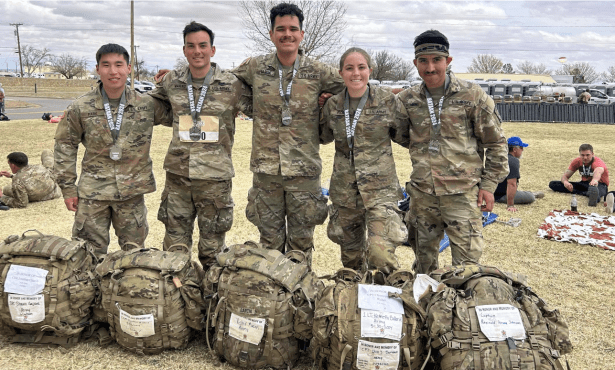
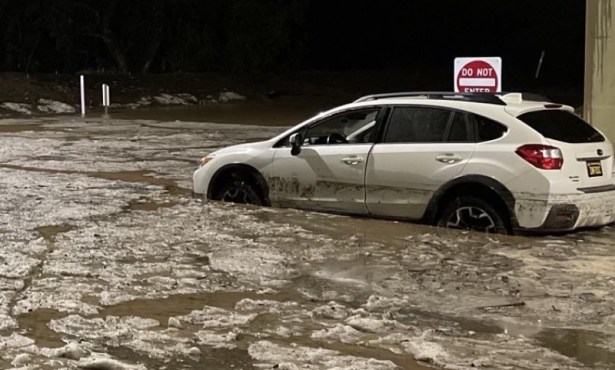
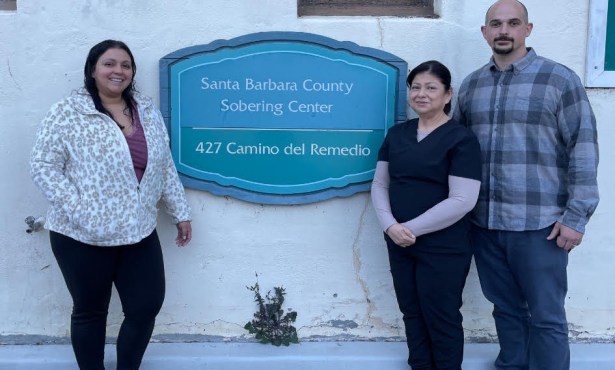
You must be logged in to post a comment.